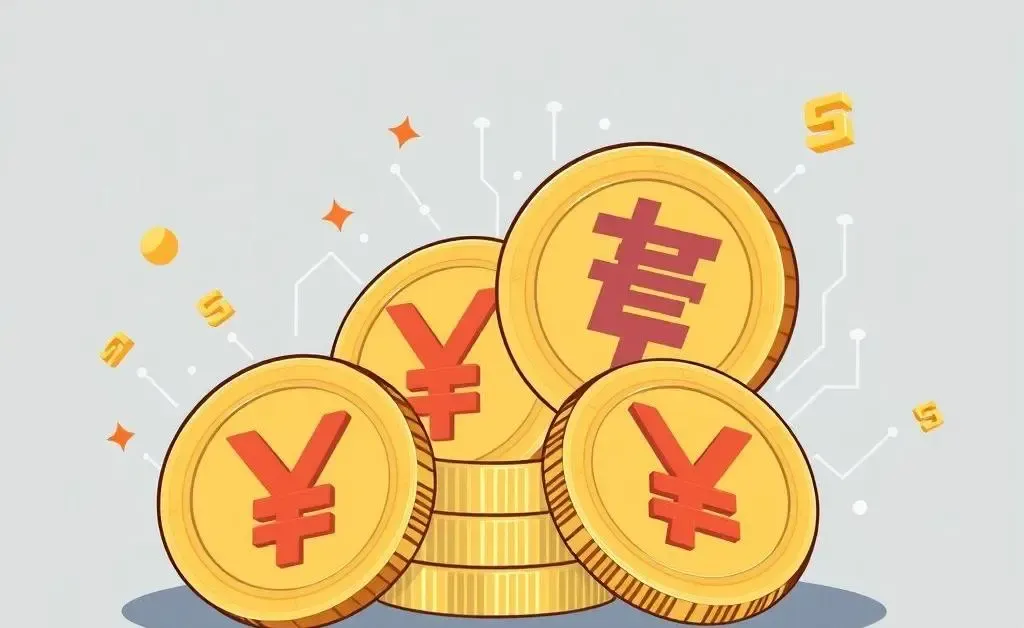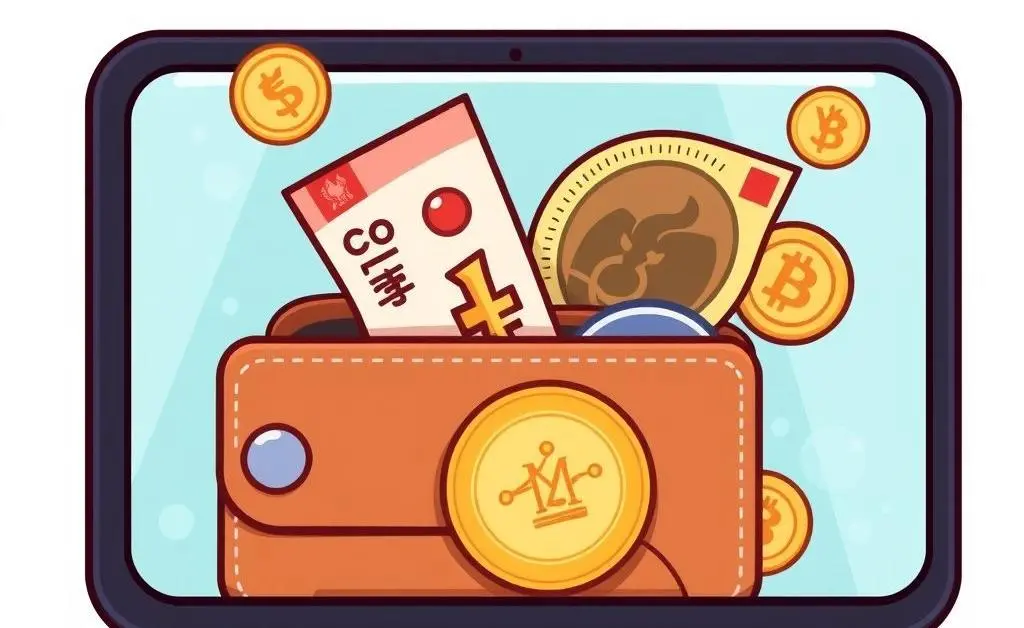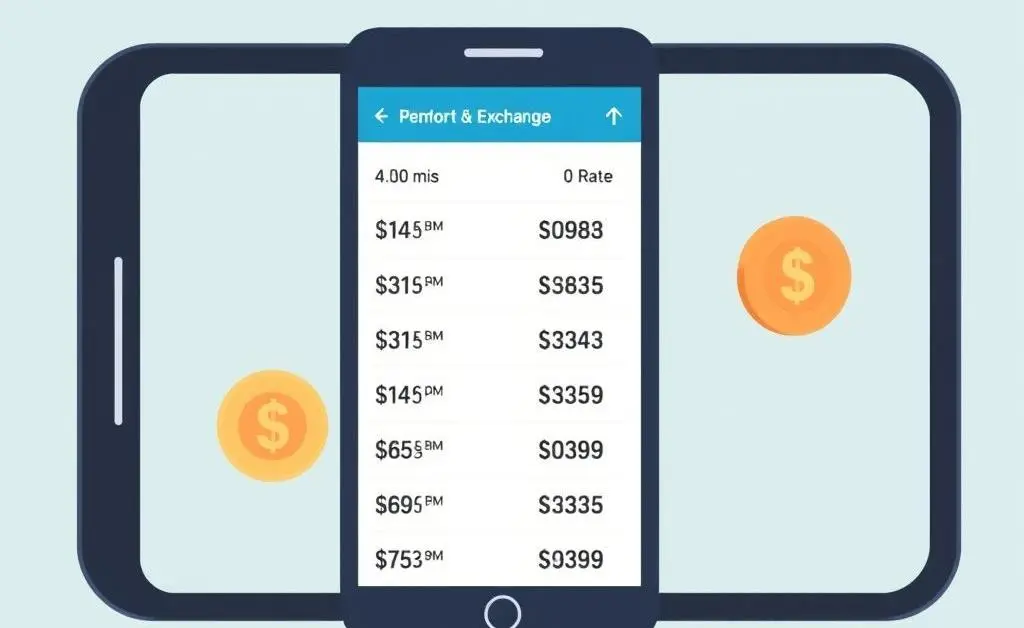Understanding Yuan-Backed Stablecoins: A Simple Guide
Explore how yuan-backed stablecoins aim to transform global finance in simple terms.

Have you ever wondered how digital currencies like Bitcoin are different from our everyday money? Picture this: you're at a coffee shop, and instead of handing over a few dollar bills, you give the barista a shiny digital token from your phone. That token, stable and pegged to the value of a traditional currency like the yuan, is a stablecoin. But why is China looking at yuan-backed stablecoins, and what could it mean for us?
What Are Yuan-Backed Stablecoins?
In simple terms, stablecoins are digital currencies designed to have a stable value, making them more like a digital version of fiat money. Now, a yuan-backed stablecoin is one that derives its value strongly from the Chinese yuan. The idea here is to combine the best of both worlds: the stable value of real-world currency and the convenience of digital transactions.

Why Consider Yuan-Backed Stablecoins?
The global currency landscape is evolving, with major players exploring digital solutions. Here are some reasons why yuan-backed stablecoins are gaining attention:
- Stability: Unlike cryptocurrencies like Bitcoin, stablecoins aim to reduce volatility, offering more predictable values.
- Global trade: With a stable value, yuan-backed stablecoins could facilitate smoother international transactions.
- Financial Inclusion: They could offer affordable finance solutions to people without bank access.

Impact on Your Finances
Ever been in a situation where financial jargon feels overwhelming? Think of that moment when your friend starts talking about their latest crypto investment, and you're nodding along, hoping you look like you understand it all. Well, understanding how yuan-backed stablecoins work might actually make you the interesting one at the next dinner party!

Is This the Future?
The integration of yuan-backed stablecoins could reshape the way we handle transactions across borders. By providing a digital representation of a stable currency, it has the potential to enhance transparency, reduce costs, and even offer new financial products globally.
As we look towards the future, we're left to wonder: Will this shift mark the beginning of a new era in global finance where digital currencies reign supreme, or will traditional forms continue to hold their ground?




